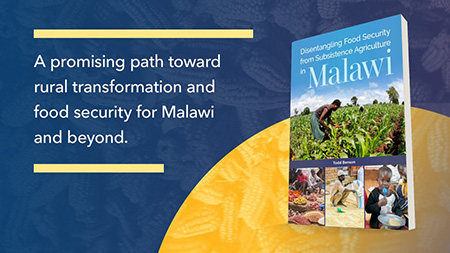Abstract: Enhancing maize productivity growth is pivotal for revolutionizing the agrifood system in Africa, with inorganic fertilizer serving as a fundamental input for catalyzing this progress. However, concerns are mounting about the low and decreasing yield response and profitability of inorganic fertilizer use, particularly in Sub-Saharan Africa. This study aims to refine yield response and profitability models by incorporating recent data from nationally representative and panel datasets spanning six countries. Most countries exhibited low nitrogen yield responsiveness (4–7 kg), while Ghana and Uganda showed higher responsiveness (15–20 kg) per additional 1 kg of nitrogen. Analysis of fertilizer-to-maize price ratios from 2010 to 2023 showed a downward trend, with spikes in 2022 in Ghana, Malawi, Nigeria, and Tanzania. Overall, except for those years, the data suggest a trend of increasingly favorable price incentives for fertilizer use. Ethiopia, Tanzania, and Uganda experienced declines in the fertilizer-to-maize price ratio. Increasing inorganic fertilizer use would be profitable in Ethiopia, Ghana, Nigeria, and Uganda at current market prices, but not in Malawi or Tanzania. Subsidies in Malawi and Tanzania have boosted profitability, but these may not be necessary in Ghana, Nigeria, or Uganda, which already have favorable price incentives; Malawi could benefit by substantially reducing its 80 percent subsidy while maintaining decent price incentives and farm profits. The paper proposes policy options based on factors influencing yield responsiveness and potential improvements drawn from new modeling and synthesis of the literature.
Authors: Catherine Ragasa, Hiroyuki Takeshima, Seth Asante, Mulubrhan Amare, Ning Ma, Opeyemi Olanrewaju, and Jan Duchoslav.
https://doi.org/10.1016/j.foodpol.2025.102815
Read and download the full article here.
